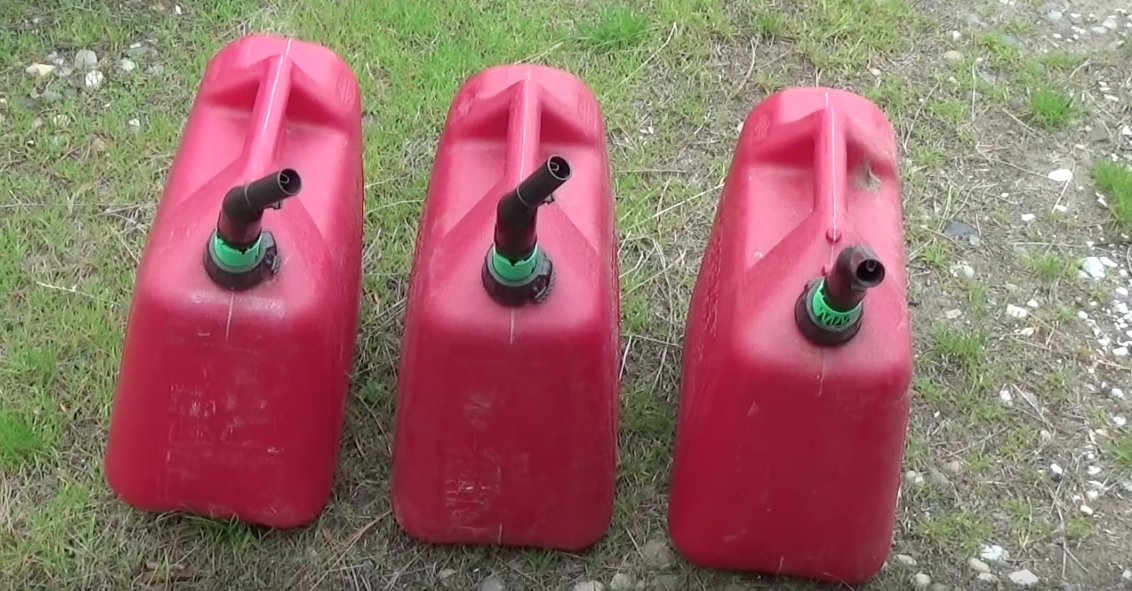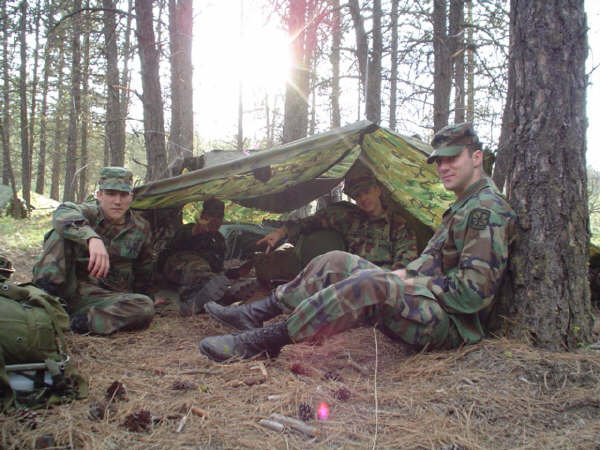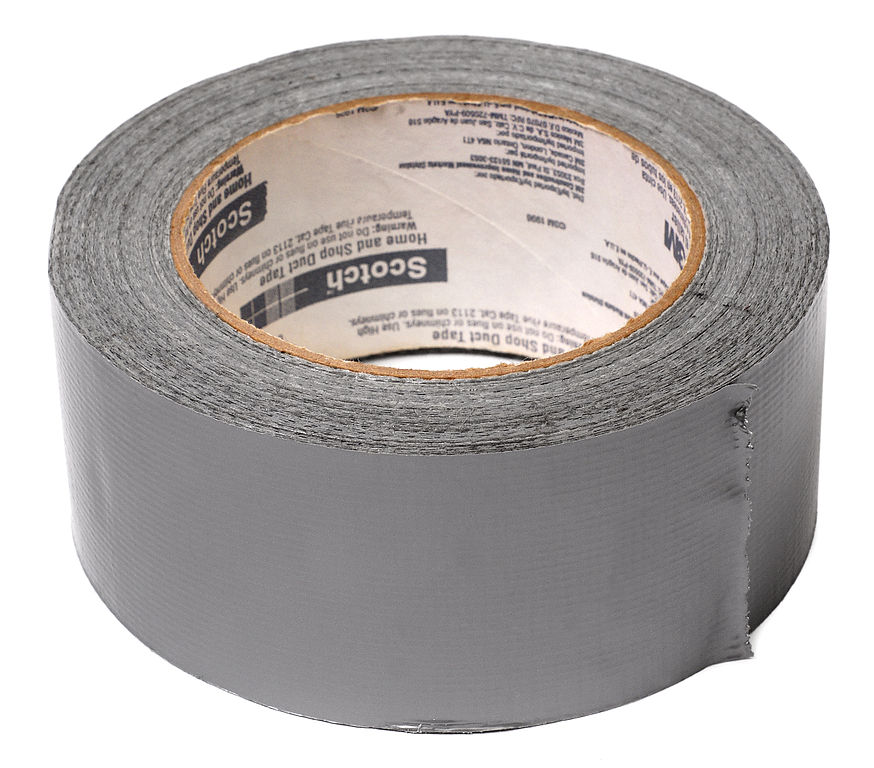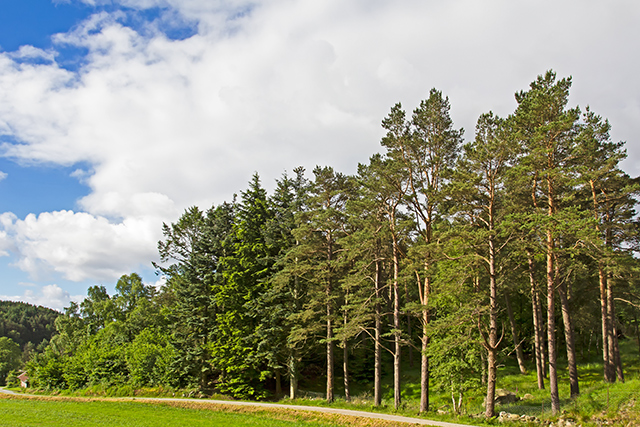Gas gone bad: 6 Things you can do with expired gas
06/08/2020 / By Arsenio Toledo

Despite what you might see in post-apocalyptic fiction, you can’t just siphon gas out of long-abandoned cars. Gas expires due to oxidation, and if you use old gasoline, it can damage fuel system components in some of your gas-powered appliances, such as tractors, lawn mowers and cars. This is why preppers need to constantly use up old gas and fill up storage with fresh gas. Properly stored gasoline can last up to six months, especially if it’s in a tightly sealed plastic or metal container. But you shouldn’t just throw out your expired gas. Here are seven other ways you can reuse your old gasoline. (h/t to AskAPrepper.com)
Poison for fire ants
If you live in an area teeming with fire ants, you should know all about their terrible reputation. Their bites are painful and, if you’re allergic, dangerous. In about five percent of cases, fire ant bites can lead to a person’s death. Fortunately, your expired gasoline can wipe out a fire ant mound. Take some precautions before you approach the mound. Find the entrance, and slowly pour gas into it.
If this initial pouring doesn’t wipe out the fire ant colony, it will make the mound uninhabitable. Observe them and find where their new mound is. Finishing off a colony is easier if their mound is new, as it means you have a better chance of killing their queen.
Fire starters
Old gasoline is still flammable, which makes it an excellent fire starter, especially if you’re out camping in a place where good, dry tinder is difficult to find, any available firewood is damp or the winds are high. Douse a strip of the ground where you plan to build your fire with some old gasoline. Let it soak for a few minutes, and then light it. You can also soak some rags in gasoline and then use then wrap them around damp firewood.
Restore it with additives
You can also just restore old gasoline. Fuel stabilizers such as Sea Foam and Stabil help preserve gas, lengthening their possible life in storage. They do this by stopping oxidation, allowing your gas to remain usable for longer periods of time. With proper storage practices and the use of fuel stabilizers, your gas can maintain its good condition for far longer.
Use it in gas stoves and lanterns
While your old gas might not work well in your vehicles, they can still be used as fuel for your gas stoves and lanterns. One way to find out is to pour a small bit of your gas somewhere where it won’t catch on fire and trying to set ti alight with a match or a lighter. If it can still ignite, you can still use it for your lanterns and stoves.
During an emergency, you can even use old gas as fuel for your impromptu cooking devices, such as a soda can stove or a Benghazi burner.
Mix it with fresh gas
If your gas supply isn’t too far gone, you might be able to mix it with fresh gasoline. The fresh gasoline will breathe new life into your old gas, supplying it with the components it needs to ignite in your vehicle. If you decide to do this, use as high a proportion as fresh gas as you can, ideally above 50 percent.
Improvised weapon
During SHTF scenarios, such as those of civil unrest, you will need some weapons, especially to protect your property against rioters and looters. You should ideally have firearms and enough ammunition stocked up. But, if you need alternative weaponry, consider using your gas to create Molotov cocktails. A well-thrown Molotov can stop intruders by either burning them or preventing them from going through an entryway to your property. (Related: Protect your property with these natural and man-made barriers, fences and fortifications.)
For more tips on how to survive when SHTF, check out the articles at SHTF.news.
Sources include:
Tagged Under: bug out, fire starter, fuel, gasoline, Gear, lantern, Molotov cocktail, off grid, preparedness, prepper, prepping, self-defense, stove, survival, survivalist, sustainable living, weapons
RECENT NEWS & ARTICLES
COPYRIGHT © 2018 SURVIVALGEAR.NEWS
All content posted on this site is protected under Free Speech. SurvivalGear.news is not responsible for content written by contributing authors. The information on this site is provided for educational and entertainment purposes only. It is not intended as a substitute for professional advice of any kind. SurvivalGear.news assumes no responsibility for the use or misuse of this material. All trademarks, registered trademarks and service marks mentioned on this site are the property of their respective owners.



















